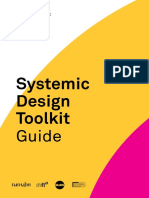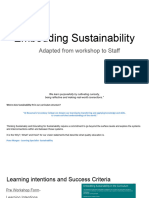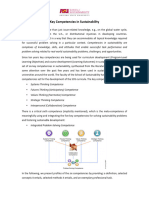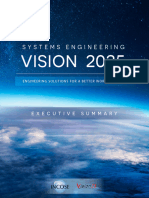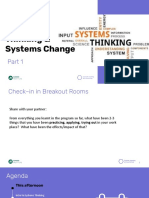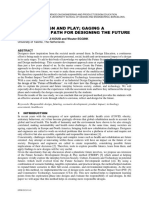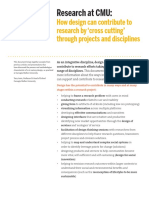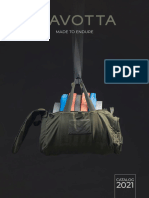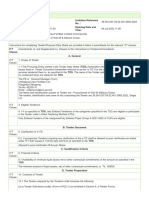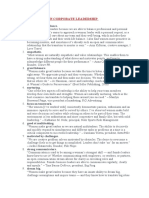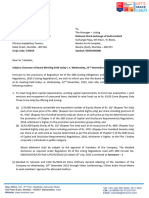0% found this document useful (0 votes)
4 views30 pagesSDC SystemicDesign Session4
The document outlines a session focused on envisioning desired futures through systemic design, introducing four key tools: System Value Proposition, Three Horizons, Paradoxing, and Synthesis Maps. Each tool aims to articulate stakeholder visions, define value creation across different levels, and explore complex system dynamics. The session emphasizes collaborative foresight and the importance of visualizing future scenarios to guide systemic change.
Uploaded by
Adrian SchmidCopyright
© © All Rights Reserved
We take content rights seriously. If you suspect this is your content, claim it here.
Available Formats
Download as PDF, TXT or read online on Scribd
0% found this document useful (0 votes)
4 views30 pagesSDC SystemicDesign Session4
The document outlines a session focused on envisioning desired futures through systemic design, introducing four key tools: System Value Proposition, Three Horizons, Paradoxing, and Synthesis Maps. Each tool aims to articulate stakeholder visions, define value creation across different levels, and explore complex system dynamics. The session emphasizes collaborative foresight and the importance of visualizing future scenarios to guide systemic change.
Uploaded by
Adrian SchmidCopyright
© © All Rights Reserved
We take content rights seriously. If you suspect this is your content, claim it here.
Available Formats
Download as PDF, TXT or read online on Scribd
/ 30

